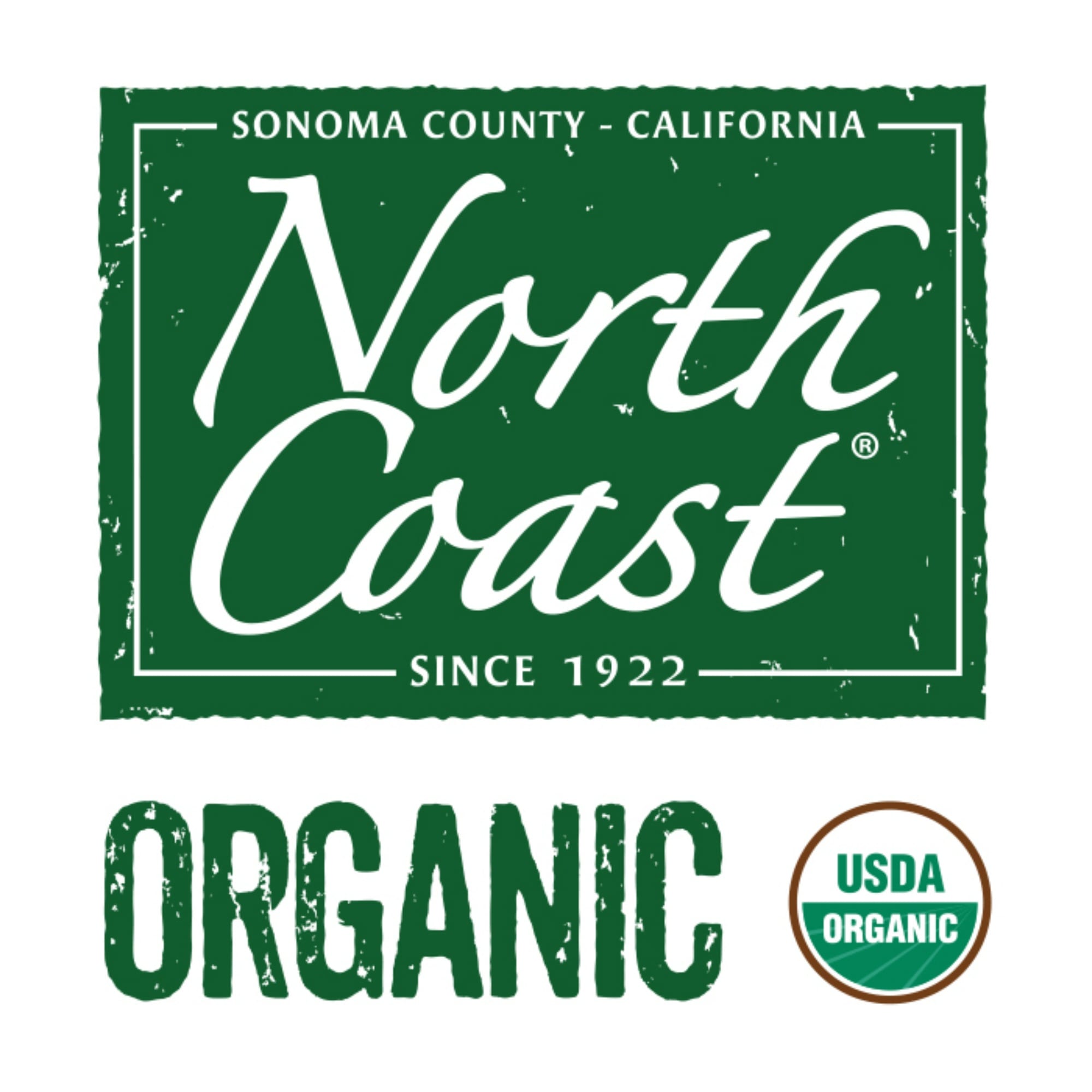When we think of popular fruits in the states, it’s a given that apples will be at the forefront of the list. We’ve been consuming apples in a variety of forms since we were babies. We likely learned the letter “A” by associating it with apples, and have heard our mother tell us countless times, “an apple a day keeps the doctor away.”
From its humble beginnings in the early 1600s up until today, the apple has been and is an integral part of American culture. We can find apple recipes of generations past as well as the more newly invented recipes of today’s health movement. The sweet, crispy crunch of this staple fruit is enjoyed by all ages—and for good reason. The apple is not only fresh, delicious, and accessible, but it’s also a healthy source of daily vitamins and minerals. It’s a symbol of our heritage, a means of bringing people together, and a reminder of family and good health.
The Origins of the Apple
Apples are not new to the American people. In the 1500s, settlers from Europe came to America, bringing the apple seeds and cuttings and planting the first trees. The first apple trees planted in the states produced pungent and sour apples in comparison to today’s sweet and delicate choices that we find at the grocery store. While the settlers didn’t enjoy snacking on sour apples, they loved hard cider, which made apples a prominent part of life. At the time, hard cider was considered a patriotic beverage, and has continued to carry a sense of that early-American pride.
In 1625, the first actual apple orchard was planted by William Blackstone on Boston’s Beacon Hill, which has now grown to over 300,000 acres of United States land. You’ve also likely heard of Johnny Appleseed, who was a real person in the late 1700s. (Though his actual name was John Chapman.) He traveled through the the forests of what was then Ohio and Indiana, planting thousands of apple trees and teaching farmers how to grow the plants themselves.
The Apple Adapts to Changing America
In the late 1800s, “seeding orchards,” or planting seeds rather than using apple cuttings, became the more popular method and resulted in hundreds of new varieties of apples. It is said that at one point in history, there were close 7,000 different varieties of apples. The apples at this time did not always look like the round and robust apples we find in stores today, but rather grew in odd shapes, sizes, textures, and colors. Again, this wasn’t much of an issue, since most of the apples were being used for cider.
But in the late 1900s, the apple industry (and cider industry) saw a decline as prohibitionists across the country encouraged people to cut down the trees, which resulted in hundreds of apple varieties being destroyed. While it suffered, the apple industry was able to recover, and apples eventually earned themselves a place in virtually every meal.
Fast forward to today, and the U.S. is the second largest apple producer in the world. The apple is an American staple, with over 7,000 apple producers growing over 200 million bushels on average each year. Today the apple has 200 unique varieties ranging from sweet to sour, big to small, red to green, which means there’s an apple for everyone to love.
This grand “apple diversity” also serves as a reminder for all of the endless possibilities when creating new dishes and experimenting in the kitchen. Have you ever stopped to think about all the ways one can use an apple? It’s incredible. The juice can be extracted for a cold-pressed juice, smoothie, or even for a summer-time popsicle. You can dice them up for a salad, breakfast bowl, yogurt, oatmeal, or sprinkle them over your ice cream for dessert. If you’re a fan of baking, apples are great in pies, cookies, dumplings, and in vegan treats.
All-Around Nourishment
Apples share another power, in that they play a huge role in bringing folks together. Whether you’re baking an apple pie with your grandmother, apple picking with your children, or packing up a picnic with your lover, the apple is a symbol for connection and togetherness. Apple season is upon us, beginning in mid–June, so plan a family trip or grab your best friend and hit the orchards.
Remember mom’s advice, and try to sneak in some apple goodness into your daily diet. Grab one on your way out the door for work, pack slices for the kids, and try new apple recipes with your loved ones. We also encourage you to experiment with all kinds of apple products, including apple juice, apple cider, and apple sauce, all of which boast their own unique health benefits.
For more apple love and knowledge, check out
North Coast Organic, organic apple products that will make you shine from the inside out.


